Recent Trends in Dermatoglyphic Research
Dermatogyphic features are unaffected by environment and no developmental changes observed except for increased in size and geowth of the ridges with the growth hands. Individual finger and palm prit vary from individual to individual with no exception of even identical twins. Dermatoglyphics offer a reliable means of criminal identification, disputed paternity, association with diseases, population variability, inhertance, sexual dimorphism and twin daignosis. This commemorative volume is edited by Dr. Dipak Kumar Adak and Dr. Anand Murti Mishra to pay homage to their teacher, Dr. Ramesh Chaube (30.07.1943 - 28.11.2014), Retired Professor, Department of Anthropology, Dr. H.S. Gour University, Sagar, Madhya Pradesh. Late Prof.Chaube devoted his life in advancement of research in the field of dermatoglyphic. Among some noteworthy contributions, he developed a research a research methodology for the classidication of palmar creases in the year 1971, which was accepted internationally and till dateit has been in use all over the world. This volume consists of twenty-five chapters contribute by distinguished scientist in the fields of medical science, population biology and anthropolgy. It has three sections. First focused on methodological perspectives of dermatoglyphics, which consists of six articles. Contributed research papers are on assymmerty and diversity in dermatoglyphic traits, inbreeding effects on finger ridge counts, micro-evolutionary trend and classificatory variation in dermatoglyphica, formulation of bracelet creases and incidence of monomorphic finger patterns. The second section consists of five articlea on clinical aspects of dermatoglphics. The authors have reported finger ridge count and 'atd' angle in E-B- thalassaemia partients, palmar ridge counts in autistic patients, simian crease and Sydney line in diabetic mellitus patients, dermatoglyphic main line in Turner's syndrome and palmar flexion creases in mouth cancer patients. Altogether fourteen articles are included in third section. The authors have portrayed different aspects of dermatoglyphic in population level. This include finger and palmer dermatoglyphic aspects of Kayastha, Tai-Phake, Chakma, Rabha, Brahmin, Hira and Muslims of Assam,Apatani, Monpa,Tagins, Shertukpen and Thingbu-pa of Arunachal Pradesh, Kunbi sub-groups and twenty Dhangar castes of Maharashtra, Gahoi Vaishya and Gond of Madhya Pradesh, Oraon and Kissan of Odisha, tribes of south Gujarat and Christan populations of Myson city, Karnataka. We hope, various fields of scientists like the biologists, clinicians, forensic, geneticists, anthropologists and anatomists will find this book interesting, important and very useful.
Get it now and save 10%
BECOME A MEMBER

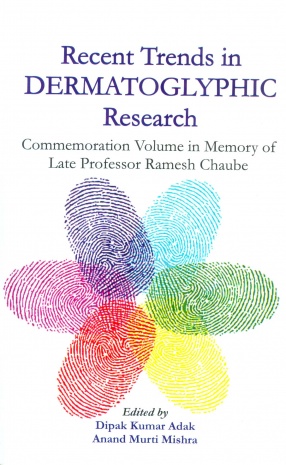
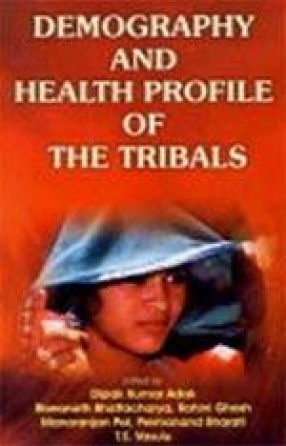
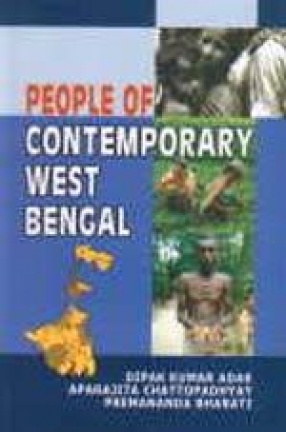
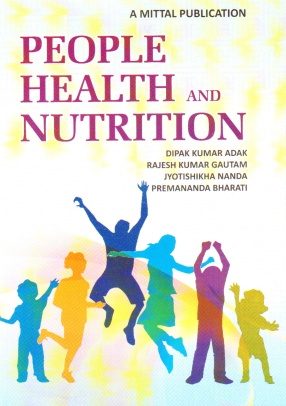
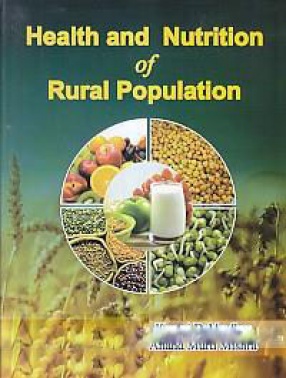

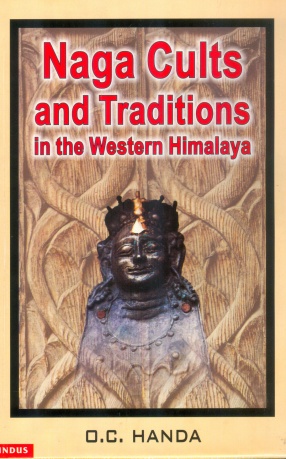
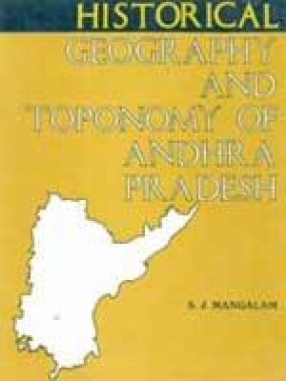
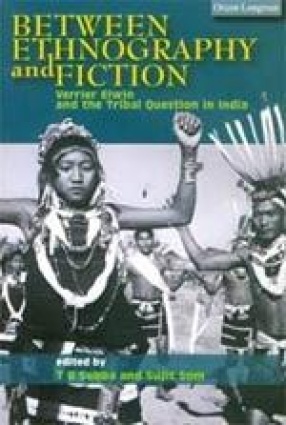

Bibliographic information
Anand Murti Mishra